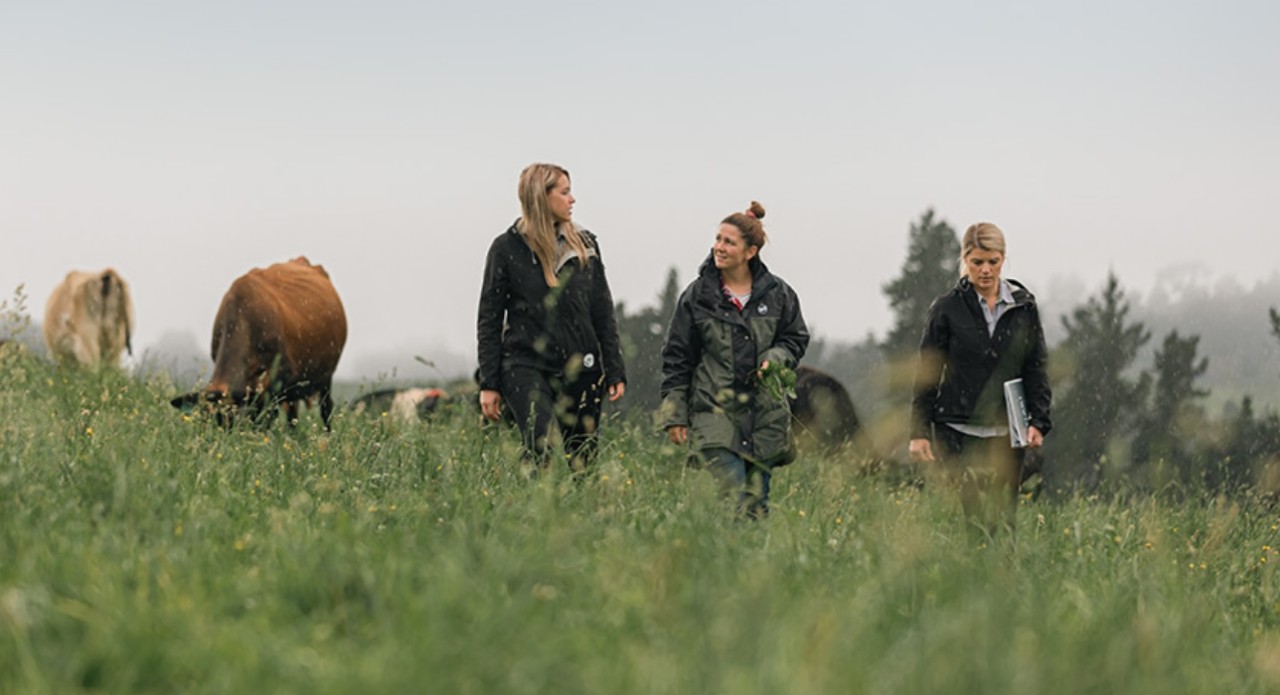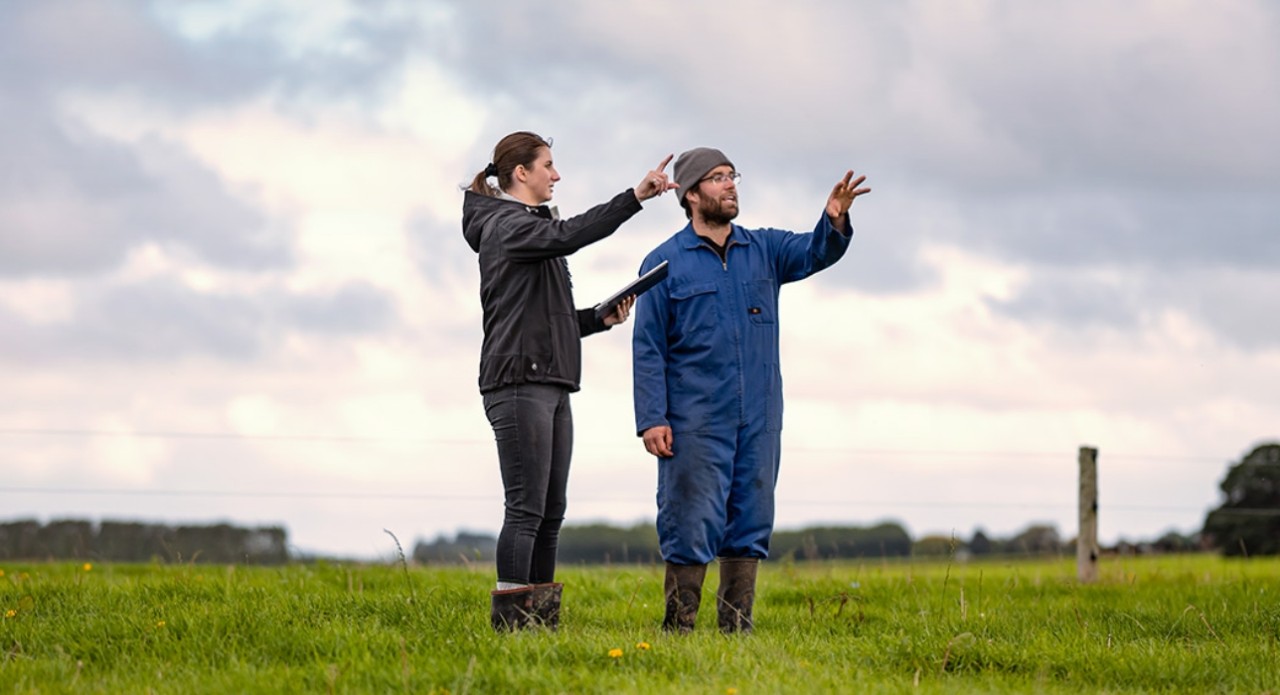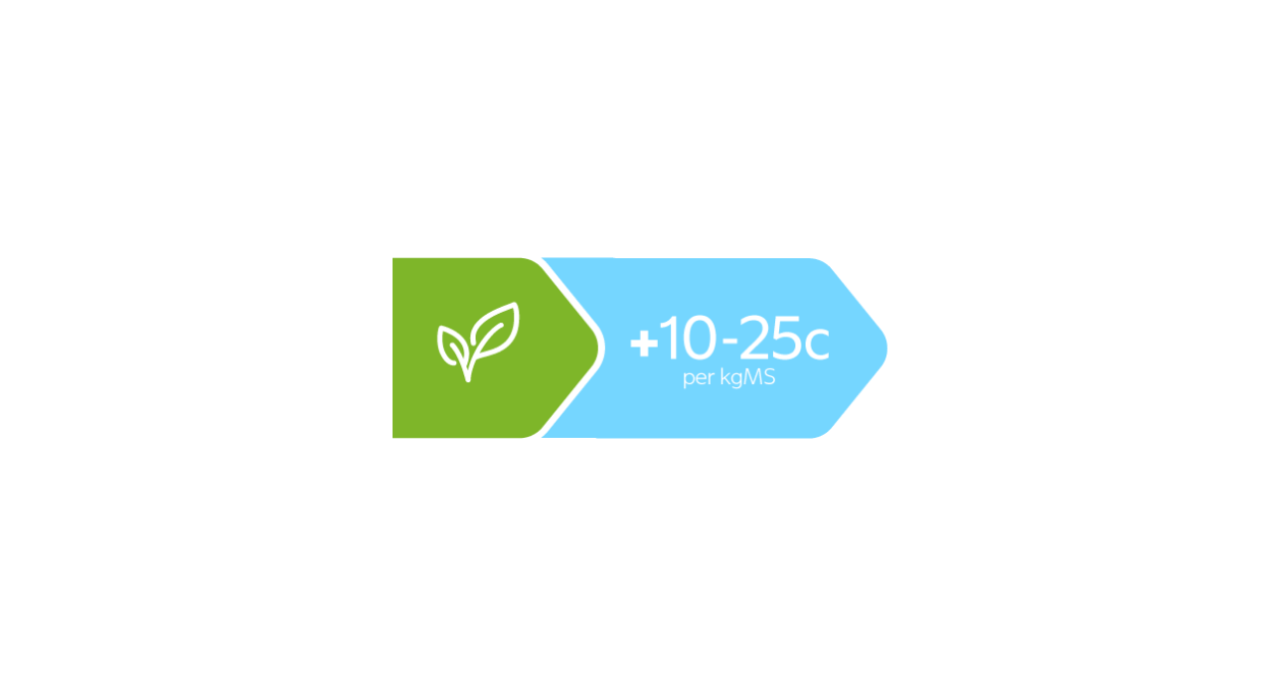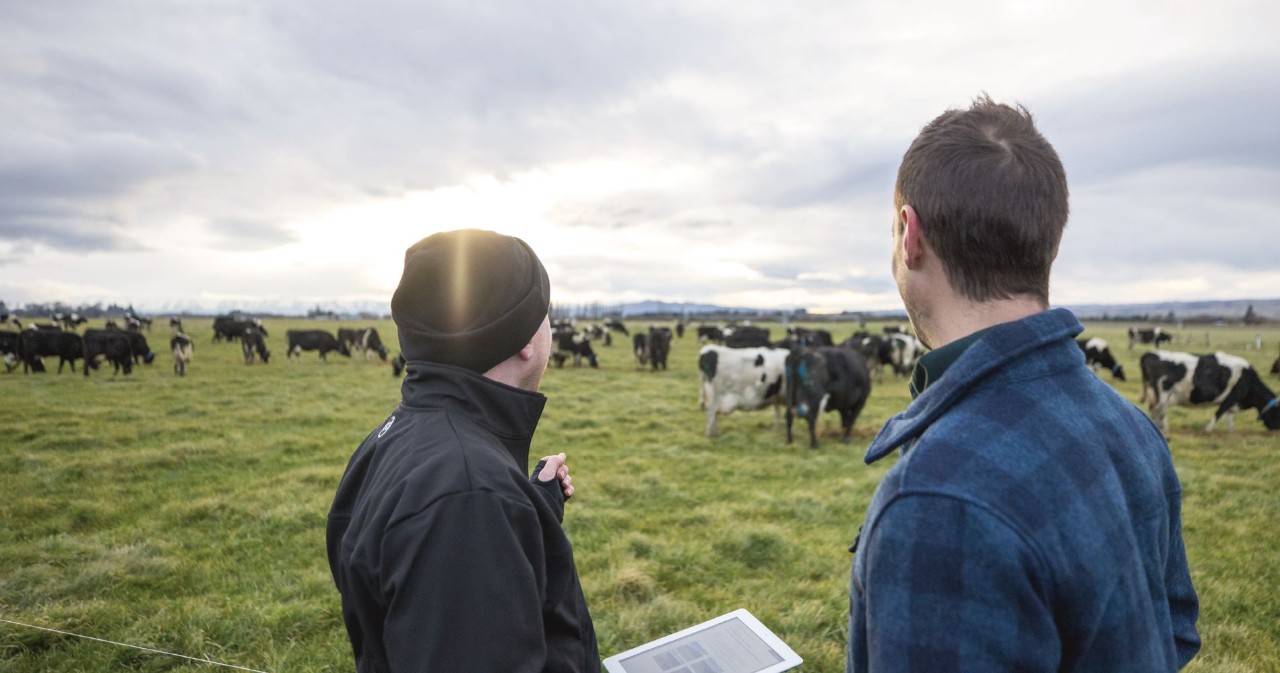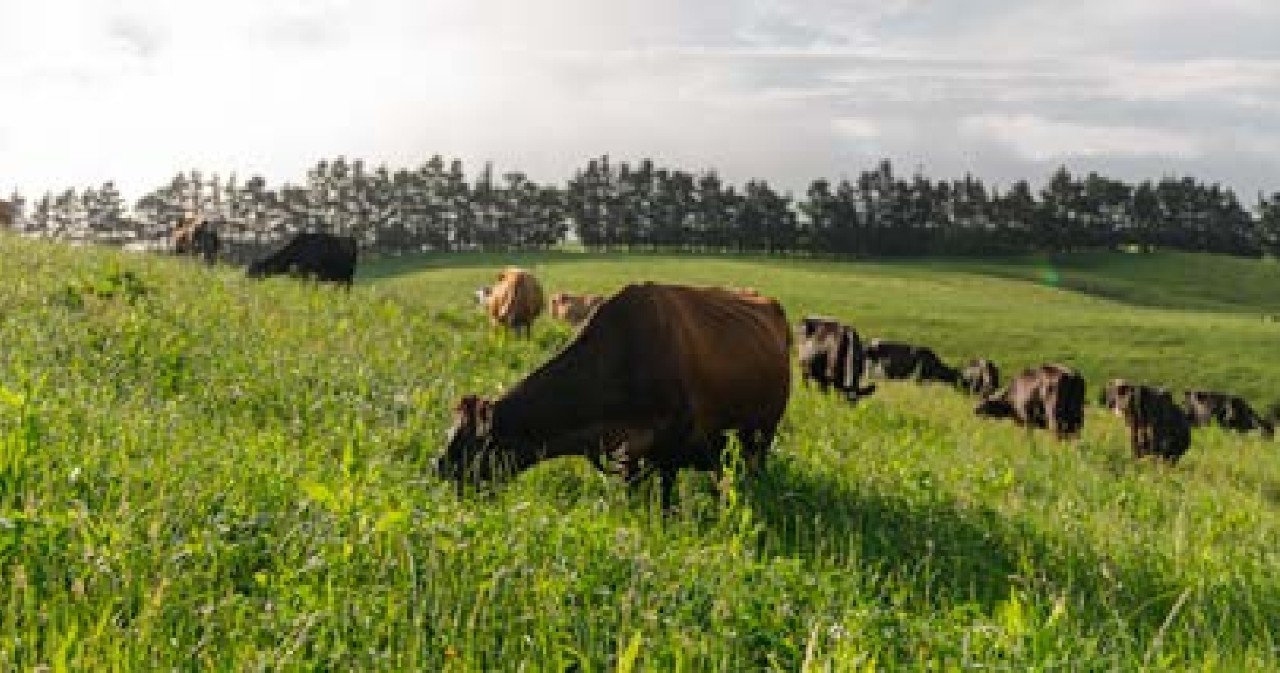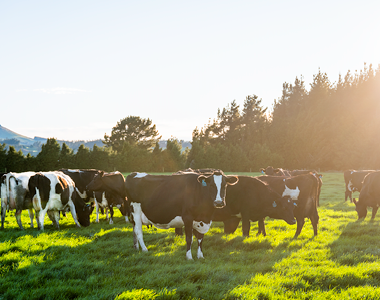We've made a strategic choice to focus on sustainability, to help us achieve the best possible access into premium international markets and to partner with customers that recognise the value of your milk.
Your Co-op has negotiated these incentives in-line with these strategic choices, from our highest value customers.
This value is direct recognition of the hard work already put in to improve emissions efficiencies, and to support further gains.
